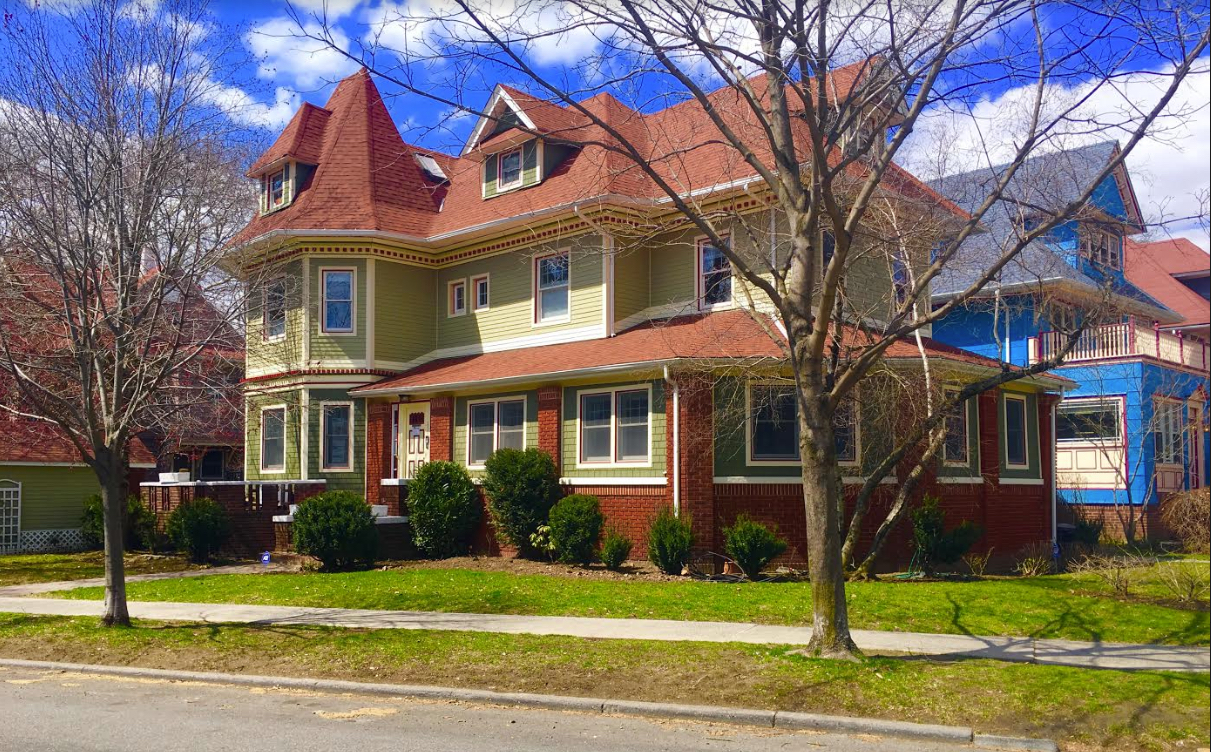Has curtailment of stop-and-frisk caused Ditmas Park’s rising crime?

With a rising crime wave sweeping Ditmas Park, many residents have become guarded, and police are out in force. Some residents have speculated that striking economic inequality plus a wave of new, wealthier arrivals to the area have triggered crime. But lifelong resident Jonathan J. Judge, chair and former president of the Brooklyn Young Republican Club and member of Community Board 14 (where he serves as co-chair of the Youth Services Committee), disagrees, believing the problem stems from the recent curtailment of stop-and-frisk and an increasingly anti-police sentiment. Brooklyn Brief sat down with Judge to ask him his thoughts on the neighborhood’s latest challenges.
Brooklyn Brief: Tell us about the recent incidents of violent crime in the community.
Jonathan Judge: There’s been a string of armed robberies, at least one of them deadly. A man was shot and killed in a robbery at a house on Rugby Road. Another man was shot around the corner from where I live. Around the same time, there was a robbery in a residential building elevator. Then Mimi’s Hummus was robbed on Oct. 24. Stratford Deli was robbed on Nov. 4 and the Ox Cart Tavern on Nov. 5. Most recently, a robber stole laptops and cash from clientele at gunpoint at the Lark Cafe. It’s all very troubling.
